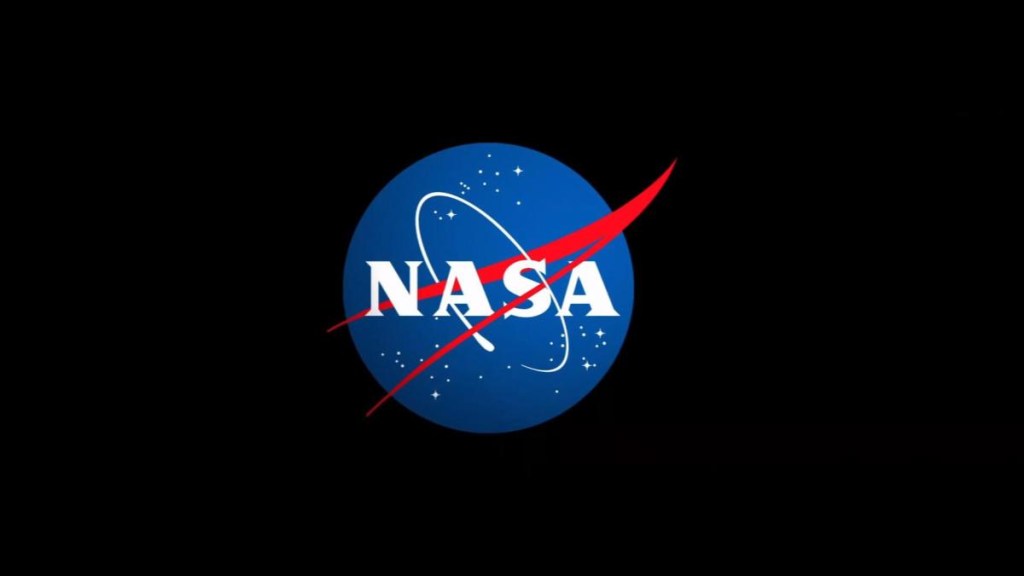The US space agency, National Aeronautics and Space Administration (NASA) is looking to develop resources on the moon that initially include oxygen and water. In due course, it may expand to iron and rare earths. Already, the space agency has taken steps toward excavating moon soil in 2032, said a scientist, on Wednesday.
As part of its Artemis mission, NASA plans to return Americans to the moon, including the first woman by 2025. The US space agency wants to learn from the mission to facilitate a trip to the red planet Mars.
Advancing commercial opportunities in space is one of the key parts of the mission. Gerald Sanders, a rocket scientist at NASA’s Johnston Space Centre (for 35 years) said that NASA is looking to quantify potential resources, including energy, water, and lunar soil, as a goal to attract commercial investment.
“We are trying to invest in the exploration phase, understand the resources… to (lower) risk such that external investment makes sense that could lead to development and production,” he told a mining conference in Brisbane, reported news agency Reuters.
“We are literally just scratching the surface,” he added. To the moon, NASA will at the end of the month send a test drill rig. In 2032, it plans a larger-scale excavation of moon soil, or regolith, and a pilot processing plant.
If everything goes well, the first customers are expected to be commercial rocket companies. They could use the resources of the moon for fuel or oxygen.
Samuel Webster, an assistant director at the agency informed that the Australian Space Agency is involved in developing a semi-autonomous rover. It will take regolith samples on a NASA mission. It could happen as early as 2026.

